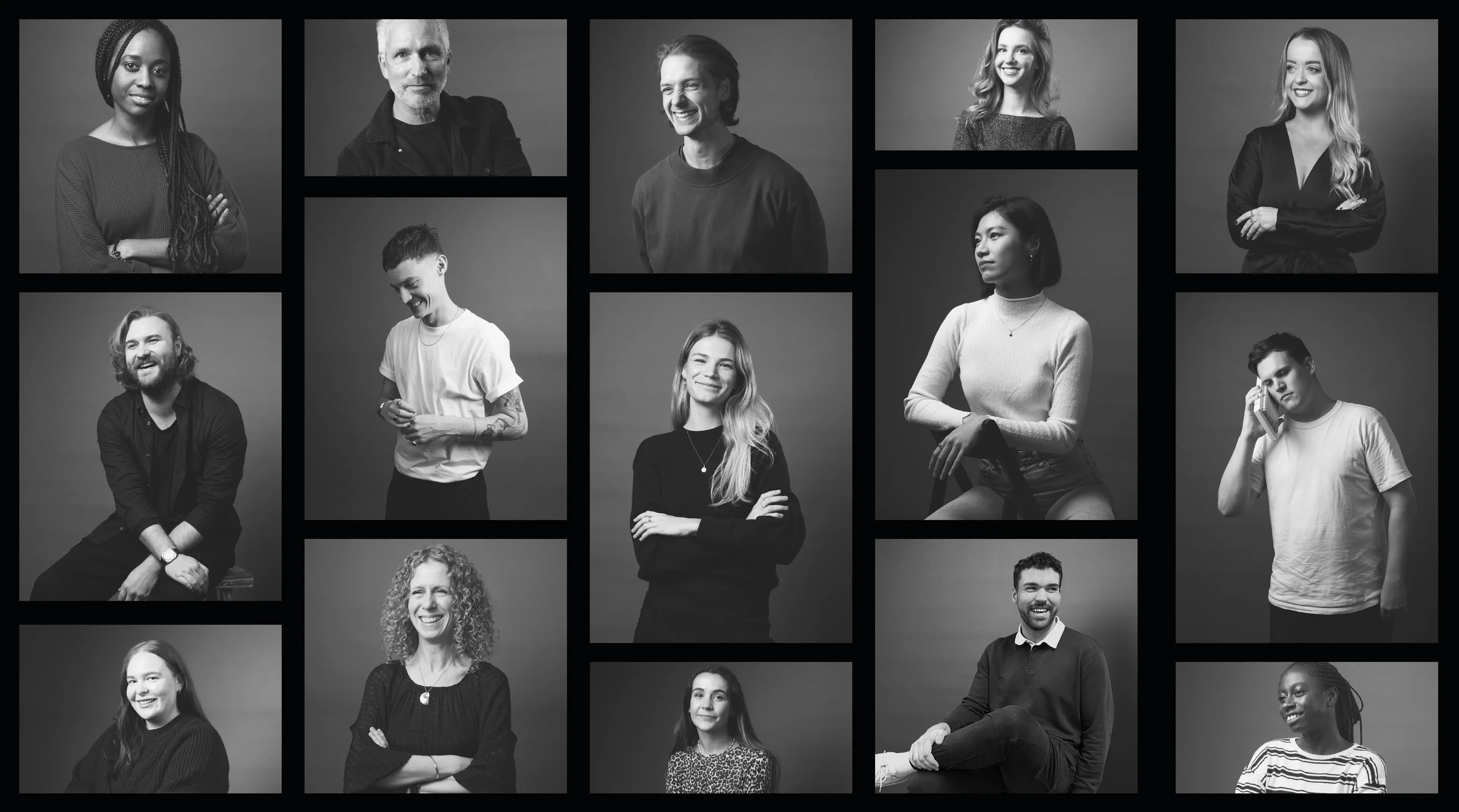
Design
1 Mar 2019
3 Min Read
UX: The Power of Listening
Last month, Matter of Form’s UX team headed to The School of UX’s UX Conference to hear from speakers on the theme of how designers can help businesses grow through UX and marketing.
Design

Retail & Luxury Goods
4 Sept 2025
9 min read

News
5 May 2025
3 min read

News
17 May 2024
2 min read

Design
1 Mar 2019
3 Min Read
Last month, Matter of Form’s UX team headed to The School of UX’s UX Conference to hear from speakers on the theme of how designers can help businesses grow through UX and marketing.
Design